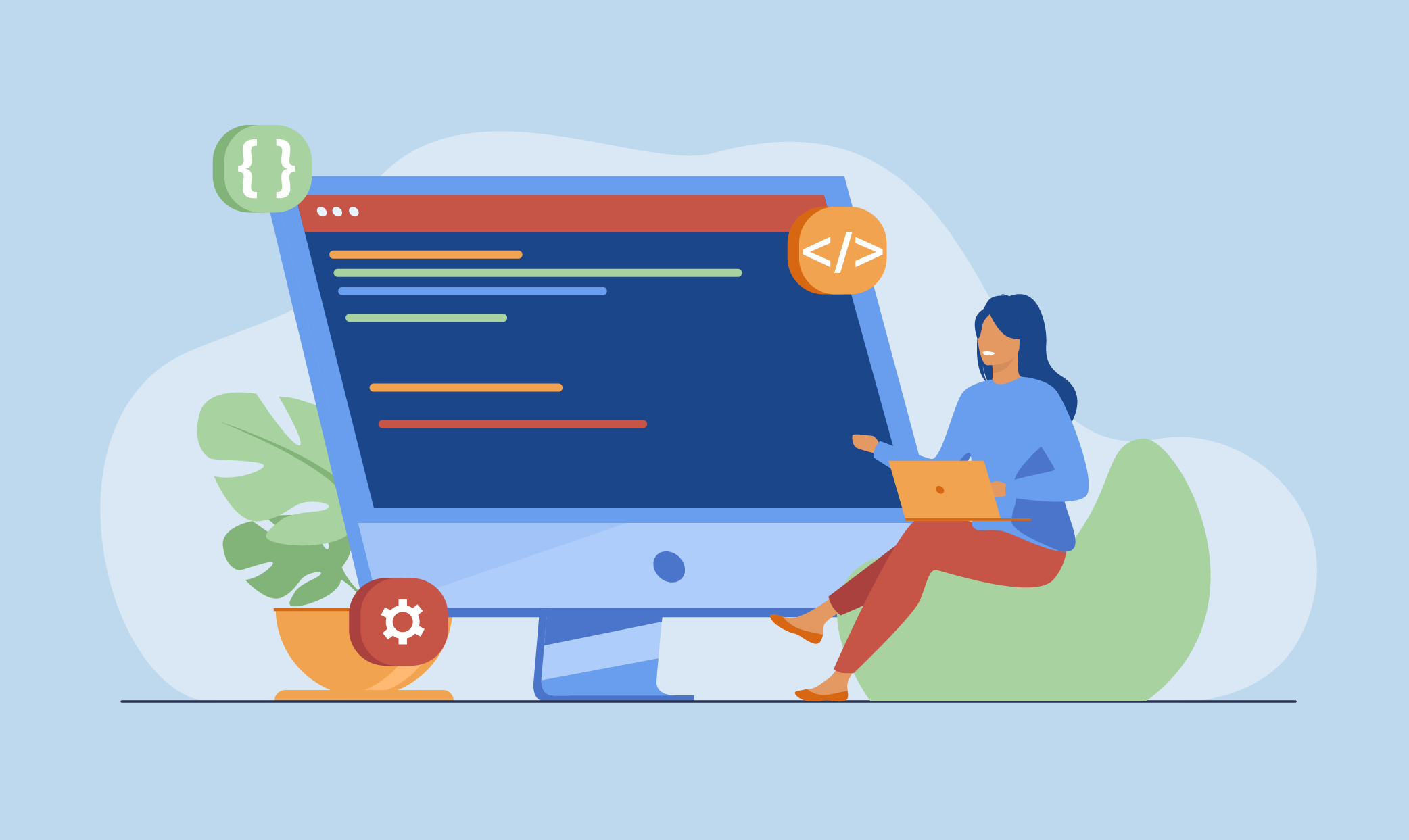No code vs Traditional development
Dec 10, 2021 9319 seen
Custom Software Development

Custom app development, also known as traditional app development, is a lot like building your own house. To build a house, you must first define your needs, then work with an architect to create a detailed plan, then find a construction company and get a preliminary estimate, and finally supervise the construction process. To build an application the traditional way, you must interview and hire a development team, identify all of the features your software should have, go through the discovery phase, and receive a rough estimate before the IT team begins the development and testing phases.
Whether you're building a house or an application, the process takes time, can go over budget, and can be delayed for a variety of reasons. You can also buy a prefabricated house or make minor changes to a standard home design in a new housing development. Similarly, instead of hiring an IT firm, you can create an app with a graphical user interface using a no-code or low-code development platform (LCDP).
Low-Code Development

Low-code development first appeared on the scene to assist professional software developers in streamlining their work. Developers were able to create and scale their apps, as well as integrate third-party apps and services, more quickly thanks to pre-built app templates and user-friendly interfaces. Today, low-code development takes many forms, allowing even non-programmers to create web and mobile apps.
Nonetheless, low-code web app development necessitates a certain level of coding expertise on the part of the user. Furthermore, most low-code platforms are better suited for businesses with in-house developers because they increase developers' agility and productivity.
No-Code Development

No-code is a relatively new approach to app development, which covers the coding part to non-technical developers.
When a company needs to build a simple app and deploy it quickly, no-code platforms are a good option. Despite the fact that their pre-built templates are crude and their architectures are limited, these platforms help businesses develop apps for business use.
The Difference Between Low-Code and No-Code

What is the distinction between low code and no code? These terms appear to be used interchangeably quite frequently. This is due to the fact that companies selling app products are attempting to reach a broad audience. To accomplish this, their application frameworks provide varying levels of code abstraction for novice and advanced users, depending on development experience.
However, if we examine the differences between no code and low code, we can see them.
Target Audience
Both low code and traditional development are aimed at programmers. Low code, on the other hand, enables developers to abstract away from the underlying code. When it comes to the distinction between no code and programming, they clearly have different goals.
Access to Code
There is no access to code in no-code development and only limited access in low-code development. So, low-code written applications can be more easily integrated with third-party solutions.
Quality Assurance
Because every app block you use in your app is already well tested, you rarely need to test it before public release when building an app without code. You can run it several times to ensure that it works exactly as you intended. This, however, is not the same as quality control of a custom application for all possible use cases, including edge cases like no internet access. In terms of low code development, because you can change the code and connect your solution to third-party software via APIs, you must thoroughly test it yourself. Built-in QA is usually sufficient for blocks that are left alone, but proper QA is required whenever you make changes to your code.
The Main Advantages Of Low-Code and No-Code

-
Improved agility
Traditional apps take a long time to develop and distribute to app stores. With built-in functionality, reusable templates, and automated testing, no-code and low-code development frameworks help both non-technical people and developers develop and deploy applications faster, increasing developer flexibility.
- Development that is cost-effective
Businesses can use low code and no-code development platforms to create applications for immediate use at a lower cost than traditional software development. Traditional development necessitates the formation of an in-house team or the outsourcing of software development. Low-code development does not require a team; you can hire a part-time developer or code yourself if you have prior experience.
- Rapid reaction to new business conditions
You must respond quickly to rapidly changing business conditions as the market and competitors evolve. Low code development platforms enable businesses to update their applications on the fly and stay ahead of the competition.
- Proven characteristics
Platforms with low code and no code provide out-of-the-box features that have already been tried and tested. Templates can be easily integrated with one another to provide a positive user experience across devices and platforms. However, the number of these templates is limited, which is preventing developers from taking advantage of them.
The Main Disabilities Of Lowe Code and No Code

-
On the surface, the disadvantages of using low or no code appear to be minor. However, they are worth mentioning.
-
Less customizable apps block the provider's hosting options neat user interfaces difficult or impossible to integrate with legacy solutions limited scaling.


